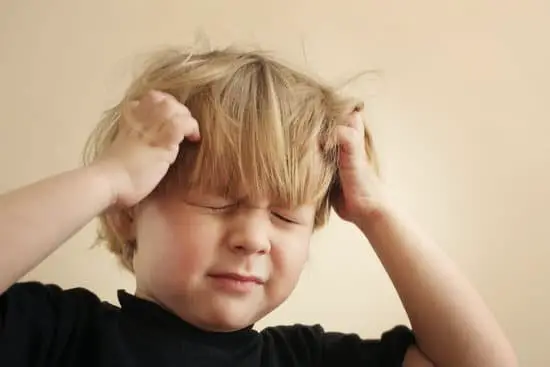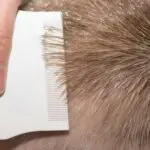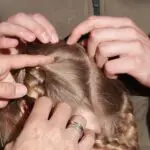What Are the Symptoms of Head Lice?
One of the most common symptoms of head lice is itching. The itchiest spots are behind the ears and on the nape of the neck. If you experience itching for more than a week, you’re probably dealing with head lice. While head lice don’t transmit any disease, they can cause an allergic reaction and sores.
Head lice are tiny, wingless insects that live on human hair. They feed on blood and lay eggs (nits) on the hair shaft. Children are most likely to contract head lice. Infestations can spread throughout the household if left untreated. However, it’s best to check for head lice symptoms early in order to prevent the spread of the disease.
Most kids with head lice have fewer than twenty mature lice. They can survive on a person’s head for three to four weeks before dying. However, when left untreated, the lice will mate and produce more eggs. Each day, an adult female louse can lay up to six eggs. Lice infestations can last up to thirty days, depending on the type of treatment used.
Head lice are usually spread from head to head contact, but can also spread through shared clothes and belongings. Lice live in dark places, and their eggs are attached to shed hair. Head lice are easily transmitted between people with close contact, such as during play, sports, and slumber parties. Infections can also spread to family members. You can check for the presence of lice by looking at the affected area. This can be done using a magnifying glass or the naked eye. The appearance of the lice will vary depending on their species.








